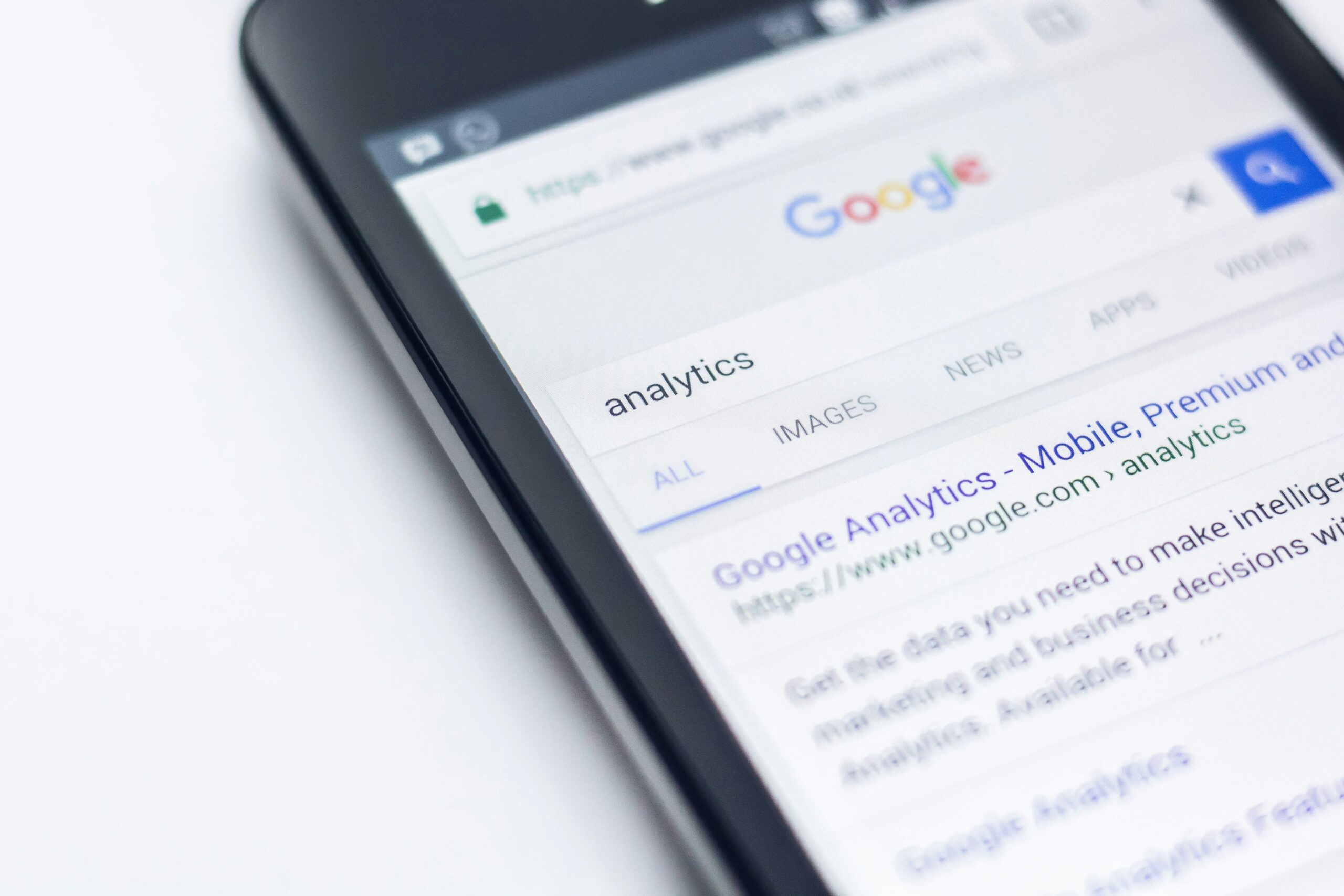The digital age is an integral part of our everyday lives, and it’s a fundamental aspect of how we communicate and function. As such, creating accessible content and copywriting is not just good practice; it’s a necessity.
Accessibility ensures that everyone, regardless of their abilities, eyesight, neurodiversity, or assistive technologies, can access and understand your content.
What is accessible copy?
Accessible copy is content that is designed and written in a way that ensures all users can access and understand it easily. It is essential for creating an inclusive online environment where no one is left behind. If someone needs to use a screen reader, has a cognitive disability, or is navigating your website with a slow internet connection, accessible content will cater to their needs.
The W3C is part of the Web Accessibility Initiative that sets standards and provides resources to make the Web more accessible to everyone. The W3C recommends Web Content Accessibility Guidelines which includes the following four principles:
1. Perceivable
- Content must be perceptible through sight, hearing, or touch.
- Provide alternatives for non-text content (e.g., alt-text for images, audio descriptions for graphics).
- Include captions and transcripts for multimedia content.
2. Operable
- Ensure operability for various interaction methods (e.g., keyboard navigation).
- Don’t assume users rely solely on a mouse or keyboard.
- Consider users with visual impairments who may use speech recognition software.
3. Understandable
- Prioritise content readability and comprehension.
- Use clear and direct language.
- Simplify sentences and paragraphs.
- Eliminate jargon or provide explanations.
- Employ headings and bullet points for clarity.
4. Robust
- Ensure compatibility with various assistive technologies.
- Support screen readers and other tools.
- Consider both current and future technology standards for accessibility. Try to plan ahead to keep your accessibility as up-to-date as possible.
It’s important to integrate Perceivable, Operable, Understandable, and Robust (POUR) principles during your writing process than afterwards, which can often cost more time and money.
When to think about copy accessibility
Ultimately, accessibility should always be at the forefront of your copy. You want to ensure all content is inclusive and usable — for everyone. However, there are some times in particular when thinking about accessibility is especially important. For example when:
Creating or updating style and brand guidelines
Ensure that your style and brand guidelines incorporate accessibility principles. This sets the foundation for all your content to be accessible from the start.
Writing new content
When crafting new content, always keep accessibility in mind. Use clear language, proper formatting by using H1s, H2s and H3’s for content structure clarity, and descriptive headings.
Adding images, multimedia, and widgets
When including visual elements like images or multimedia, make sure to provide clear an descriptive alternative text (alt-text )and ensure they enhance, rather than hinder, the user experience.
Updating content to check expired links
Regularly review and update your existing content to ensure both the content and the existing links remain accessible, especially when making design or layout changes.
Planning ahead for new website
During the planning stages of new projects, prioritise accessibility, and integrate it into your project requirements and scope.
Carrying out training and inductions
Provide training and inductions for your team to ensure they understand the importance of accessibility and how to create accessible content.
The importance of regular testing and feedback
It’s also vital to regularly test your content for accessibility to identify and address any issues promptly. User testing can also provide valuable insights into improving accessibility.
Likewise, engage with your audience and gather feedback to understand their specific needs and preferences when it comes to accessibility.
Tips for more accessible content and copywriting
Explore the following practical tips to improve the accessibility of your content and copywriting. This will make sure that your messages reach a broader audience effectively.
1. Provide clear, unique web page titles
Web pages must have titles that describe their topic or purpose, and you should make sure that the titles are all unique.
It’s also important to tell the user where they are within your content and what they will find. Best practice is to frontload the title – essentially this means that you insert the most important and unique information at the beginning of the copy.
2. Consider your content reading level
Aim for a reading age of ‘lower secondary education’, which is approximately 11-13 years old — Years 7 to 9 in England and 8th Grade in the USA. Writing apps such as Hemingway Editor and Grammarly can help you improve the readability of your content.
Use simple language and formatting that’s appropriate for the context, and make sure to write in short, clear sentences and paragraphs. This will help make your content more digestible by avoiding the use of unnecessarily complex words and phrases.
Another useful way to maximise accessibility is to expand acronyms on first use. For example, Web Content Accessibility Guidelines (WCAG). Other methods to boost readability are formatting your content in a listicle, alongside illustrations, video, audio, and symbols to help clarify meaning.
3. Use descriptive headings that convey structure
A key part of content accessibility is making sure that all headings and labels are descriptive. It’s important to avoid vague headings such as “Section 1” as this fails to illustrate exactly what’s included in your content.
Similarly, H1, H2, and H3 headings help users and search engines to read and understand text. For example, they act as signposts for the readers and make it easier for them to figure out what a post or page is about.
They can also help individuals with visual impairments who are using screen readers to understand the page’s content. Screen readers are programs that read text with a speech synthesiser or Braille display, this means that on-screen text will be converted to both Braille output and a synthetic speech. Headings will enable users to access and comprehend digital content easier.
4. Include meaningful image alt tags
Alt text, short for “alternative text,” is a brief, descriptive label attached to images on a website. It serves a crucial role in web accessibility by providing a textual description of the image’s content and purpose. It’s also beneficial for your website’s SEO — which is an added bonus!
This description is essential because it enables individuals with visual impairments to comprehend the visual elements of a web page.
In addition to this, users of screen magnification may not be able to get a complete view of the image. This means that some users may need the alt tag to let them know what the purpose of the image is.
5. Use clear formatting
When formatting your content for optimal accessibility, it’s essential to adhere to several key guidelines. Firstly, steer clear of fully justified text. This is when text is evenly spread along the width of the page, and can disrupt readability. Instead, opt for bold text rather than italics or underlined text, which can be challenging for some readers to decipher.
Try not to use of ALLCAPS, as this can be seen as shouting and make it harder for users to understand the content. It’s also important to use a font size of 16 pixels to make sure that users can read the content easily too.
Whilst you’re writing content, it’s also useful to refer to a style guide so that you can tailor your text to suit all accessibility requirements. A useful one is the Dyslexia Friendly Style Guide from the British Dyslexia Association.
6. Make sure link text is informative
Use descriptive link text that tells users what to expect when they click. Avoid vague phrases like “click here” or “read more.” Make sure to include clear and direct anchor text that explicitly describes what the link will lead to.
Content and copywriting services from NMG
At NMG, our Content Te am values and recognises the importance of accessibility within copywriting and aims to create content that is clear, concise, and meaningful to all.
Plus, some of our content experts have completed Copywriting for Accessibility courses to guarantee top-notch inclusive content. Get in touch with us today to start making your content accessible to everyone.
ACCREDITATIONS







